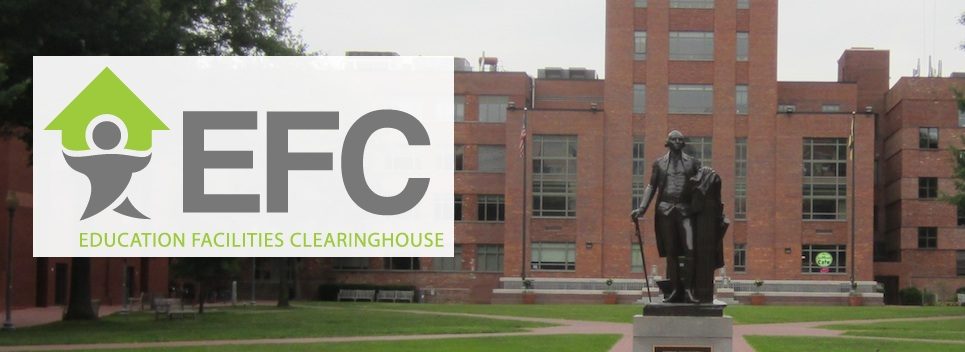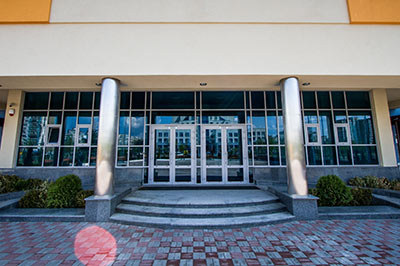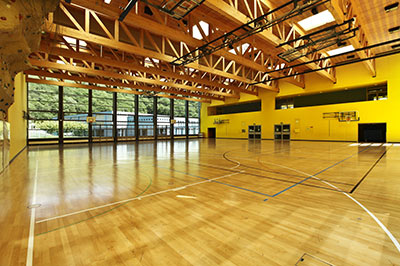(U. S. Department of Education, 2011). Choosing a post secondary institution is a major decision for students and their families. Along with academic, financial and geographic considerations, the issue of campus safety is a vital concern.
Category: Guides and Manuals
ADA Guide for Facilities Managers at Public Universities and Colleges
There is much confusion at our universities and colleges about the Americans with Disabilities Act(ADA). How do universities adequately provide program accessibility for their campuses?
This guide will help facility management staff and ADA campus committees understand the school’s responsibilities under Title I and II of the ADA. Title I has specific protections for employees of government agencies and Title II covers the accessibility rights to all programs offered by Government-Owned institutions and agencies. Those rules are often implemented by using Title III, the physical design guidelines for the various required elements.
11 Components of a Secure School Front Entrance
Brad Spicer. Protecting our schools is incredibly complex and tragically imperfect. As school leaders look to enhance access control, it is important they understand the primary purposes of a secured main entrance. In the simplest of terms, the purposes are prevention and mitigation. A secure entrance can prevent unauthorized entry by presenting a more positive security image. When prevention fails, the entrance should mitigate an intruder’s ability to enter the school. This should create a delay that provides staff time to call 9-1-1 and implement intruder response plans.
Forum Guide to Facilities Information Managment
(NCES, 2012). Safe and secure facilities that foster learning are crucial to providing quality education services, and developing and maintaining these facilities requires considerable resources and organization. Facility information systems allow education organizations to collect and manage data that can be used to inform and guide decision making about the utility, efficiency, safety, and adequacy of school facilities.
Green Revolving Funds: An Introductory Guide to Implementation & Management
(ICF International, 2013). The goal of this introductory implementation guide is to provide practical guidance for designing, implementing, and managing a green revolving fund (GRF) at a college, university, or other institution. The GRF model is widespread in higher education, with at least 79 funds in operation in North America representing over $111 million in committed investment as of late 2012.
Acoustics in Schools
(Posted on October 9, 2014). Ceilings & Interior Systems Construction Association. Acoustics in Schools is a tool for architects, interior designers, and other design professionals who work to improve school environments for all users. It is an introduction to the acoustical issues commonly confronted on school projects. Literature on this topic, gathered by CISCA, overviews important acoustical considerations in schools. Practical design responses to these issues are presented in this white paper in “practitioner-friendly” language. Original sources and a glossary of terms are also included to provide further information.
National Best Practices Manual for Building High Performance Schools
The U.S. Department of Energy (2007). The U.S. Department of Energy’s Rebuild America EnergySmart Schools program provides school boards, administrators, and design staff with guidance to help make informed decisions about energy and environmental issues important to school systems and communities. The National Best Practices Manual for Building High Performance Schools is a part of the suite of products developed to promote energy efficiency and renewable energy in schools. It was developed specifically for architects and engineers who are responsible for designing or retrofitting schools, and for the project managers who work with the design teams. (Posted on August 14, 2014).
Creating Healthy Indoor Environments in Schools
EPA Website, (2014). Promote a healthy learning environment at your school to reduce absenteeism, improve test scores and enhance student and staff productivity. This website provides a variety of guides to help schools maintain an appropriate Indoor Air Quality (IAQ). The list below is not exhaustive. (Posted on August 4, 2014).
Guides
IAQ Tools for Schools Action Kit
The Indoor Air Quality Tools for Schools Approach: Providing a Framework for Success
Envisioning Excellence: IAQ Strategies in Action
Building Air Quality: A Guide for Building Owners and Facility Managers
PK-12 Public Educational Facilities Master Plan Evaluation Guide
21st Century School Fund, (2011). Proper planning of school facilities is critical for all school districts no matter how large or small. When school districts properly plan for their school facilities they have better schools, more public use and higher value for public spending. This evaluation guide was designed for superintendents and school boards that are called on to sign off on plans presented by facility professionals and consultants, but who generally do not have experience with educational facility planning. It can also be used by community members to advocate for high quality educational facility planning. (Posted July 16, 2014).
Planning Guide for Maintaining School Facilities
(2003). This guide was created by School Facilities Maintenance Task Force National Forum on Education Statistics and the Association of School Business Officials International (ASBO®) Sponsored by the National Center for Education Statistics and the National Cooperative Education Statistics System. (Posted July 11, 2014).











